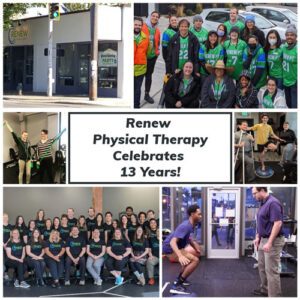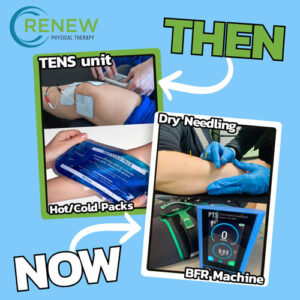We still have a lot to learn about the implications of COVID-19 and the long-term effects the virus will have on the health of those still recovering from the illness.
In the short term, though, one of the main wellness goals of COVID-19 survivors involves simply getting back to a normal life. This is a process in and of itself, says Seattle physical therapist Erik Norwood – a journey during which physical therapy plays a significant role.
“Depending on how hard a person was hit with COVID-19 symptoms, the journey back to a more normal life may be a long one,” said Norwood, owner of Renew Physical Therapy in Seattle.
“And, whether a patient required bed rest, hospitalization or long-term ICU care, it’s likely they’ll need rehabilitative care to recover the strength, balance and endurance needed to live an active and fully independent life.”
Currently in the U.S., more than 7 million people have been diagnosed with the coronavirus. With cases ranging from mild to severe, about 80 percent of those diagnosed have experienced symptoms in the upper respiratory system.
So, even those who did not need hospitalization likely still experienced long stretches of inactivity and breathing complications. Over time, this can lead to issues like a loss of strength and stamina, the deterioration of musculoskeletal tissue (atrophy), and the shortening and hardening of muscles and tendons (contracture).
“Those who’ve recovered from the coronavirus may still experience some difficulty breathing, they may tire more easily, and they may experience pain, weakness and movement limitations over weeks or even months,” said Norwood. “During this time, their quality of life takes a hit, and they see little improvement because these complications are keeping them from being active.”
Therefore, it’s critical for COVID-19 patients to seek early rehabilitative care through personalized recovery and exercise programs managed by a licensed physical therapist.
Because the severity of the coronavirus disease (COVID) is different with every patient, their individual rehabilitation journey will also differ. Those who’s case was minor may only need to recover strength and stamina for work, while those with more severe cases who spent time in the ICU will likely require much more.
“We may utilize interventions for improving breathing and lung capacity while also helping patients develop the strength and balance to perform everyday movements like standing and walking,” Norwood said. “While everyone’s going to have different needs, goals and expectations, the ultimate goal is always to help patients live their best lives.”
All COVID-related rehab programs begin with a full personal and musculoskeletal evaluation to determine individual needs and goals. The Renew Physical Therapy team will also work with relevant primary care physicians and specialists to ensure rehab goals align with broader, long-term health and wellness goals.







